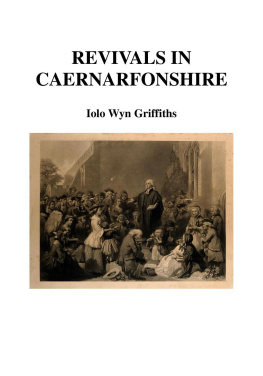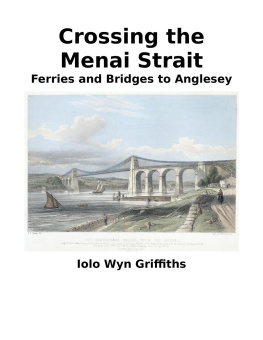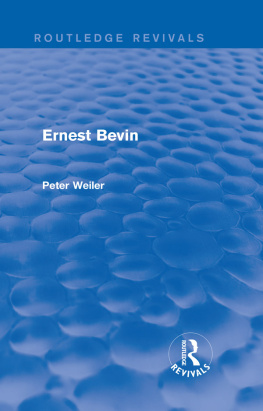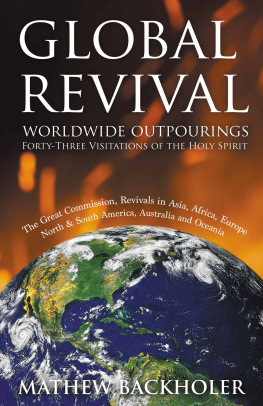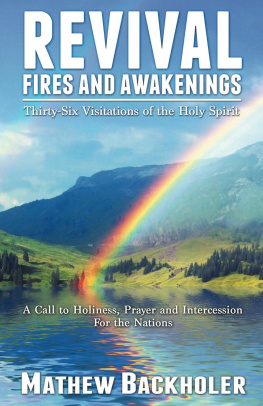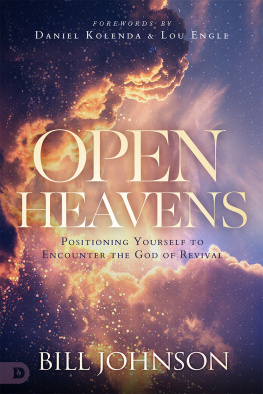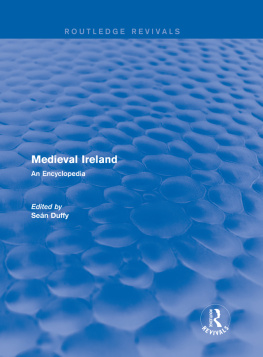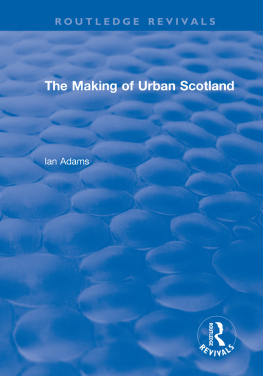Revivals in Caernarfonshire
Iolo Griffiths
Published by Iolo Griffiths, 2022.
While every precaution has been taken in the preparation of this book, the publisher assumes no responsibility for errors or omissions, or for damages resulting from the use of the information contained herein.
REVIVALS IN CAERNARFONSHIRE
First edition. June 26, 2022.
Copyright 2022 Iolo Griffiths.
ISBN: 979-8201248635
Written by Iolo Griffiths.
10 9 8 7 6 5 4 3 2 1
W ales has often been referred to as a Land of Revivals, and from 1735 to 1905, many revivals have swept the country, with their beneficial effects on the morals of the people, and many people turning to the Lord from their wicked ways.
During this period, revivals came frequently enough for the last one to be still a fairly fresh memory, about 20 years back, when the next one came. Though many devout Christians long to see a new awakening, even the most recent one to touch Wales, 1905 is more than a century ago, and is known from history books, and not from the experience of living people.
While this book deals almost exclusively with just one county of Wales, Caernarfonshire, the situation there, with the initial immorality, and the succession of revivals, some local in their scope and others national, and even international, will serve as a microcosm of Wales as a whole.
It may be helpful to make it clear from the start what a revival is, and how it differs from an evangelistic campaign, to ensure that there is no confusion as to what is meant. The word revival itself is a clue, that it is primarily for the Church, as you can only revive something that has once been alive. The main result is that the Church becomes more fervent, and alive to God. The conversion of people from the World is a bonus that comes from the revival, and is not the revival itself.
In 1959 (the centenary of the 1859 revival) the Rev Martyn Lloyd-Jones preached a series of sermons on revivals, and highlighted some of these important differences between revivals and evangelistic campaigns.
A revival can be compared to a repetition of Pentecost, in the sense that the Holy Spirit comes down on a number of people together. As a result of this outpouring of the Spirit, the people present become aware of spiritual things in a way they weren't before, and are touched by the glory and holiness of God.
This may manifest as a deep and terrible sense of guilt as they realise their utter helplessness before God, under the effect of the Holy Spirit's conviction, or in a great joy at what God has done. It is not at all unusual for both phenomena to be witnessed in the same meeting, as different members of the congregation are affected differently. This will be noticeable in many of the revivals we shall be examining.
Revivals are always characterised by reverence, but this is not always true of evangelistic campaigns.
As people become aware of their sinfulness, and of God's love, they long to meet together to praise God. They also become concerned for the people who are outside, and feel they must tell them, which leads to a missionary zeal. The people outside then become curious by what's happening, and become converted.
Revivals touch a cross-section of society, affecting all classes, ages, temperaments and intellectual types, thus defying psychology's attempts to define a religious type, and also lasts for a while, and then passes. In some cases a definite date for the start and the end of the revival can be established. In the case of a psychological experience, the effects continue to be produced as long as the stimuli and factors remain present, but in the case of a revival, the effects cease, even if favourable conditions continue to exist.
The results of revivals are abiding, and by and large the converts remain steadfast, and come forward without being asked. In the case of evangelistic campaigns only 10% of the converts are expected to hold. As a result of a revival, a great zeal for God and holiness becomes evident in the people, which is not always as apparent in the case of an evangelistic campaign.

The effects of a revival might be dramatic. An example in the early19th century was when John Elias preached a sermon at a fair in Rhuddlan, which was noted for debauchery and sin, and killed this fair once and for all. During an evangelistic campaign, crime figures may go up, despite the appearance that religion is going up. In a revival, however, crime figures never go up, as even the unconverted are influenced by the moral atmosphere, as sobriety enters the life of the community, and the effects remain for some years afterwards. Revivals therefore create a revolution in the social and religious life of the area, and undeniably represents a moral force which uplifts the mass of the people.
Revivals do vary in some respects, as the onset may be sudden or gradual, may be unexpected or may come after a long time of prayer. It may break out in a prayer meeting, a preaching meeting, or even during an evangelistic campaign which subsequently becomes a revival. But a revival is always a work of God, and not of man, may start in a big city or a small hamlet. Man's work will always start in an important place like a big city.
God may use a great philosopher like Jonathan Edwards, a great orator like George Whitefield, or a great organiser like John Wesley to carry out His work, but at other times may also use obscure people like David Morgan, an ordinary minister of the Gospel with no remarkable gifts, taking hold of the weak things to confound the mighty. David Morgan was given a remarkable preaching gift during the two years of revival, but afterwards reverted to being a very ordinary preacher. Similarly, the Beddgelert Revival originated in the preaching of Rev Richard Williams, Brynengan, who was an orthodox, but not particularly popular preacher.
Phenomena may accompany a revival, such as conviction with agony of soul, groaning audibly. Sometime people are so convicted that they faint and fall to the ground, perhaps accompanied by convulsions or unconsciousness. The behaviour of people at revivals might include jumping, shouting and groaning, which would seem extravagant and ridiculous to outsiders, who are, understandably, suspicious of anything they don't understand or cannot explain. That would be the reason why revivals are often criticised, and why phenomena such as the singing in the air associated with the Beddgelert Revival, tend to be dismissed by sceptics as being the fruit of the hearer's imagination.
It might be difficult to imagine a link between pre-Reformation Catholicism and 18th and 19th century Nonconformity, but the Rev J Fisher, in an article in the Rhyl Journal of June 10, 1905, giving a brief history of revivals, describes the phenomenon of the hwyl as a mechanical trick, which became a feature of preaching in the 18th century, but which he thinks may be an echo of the Gregorian tines of pre-Reformation days, traces of which he claims may also be found in many of the older Welsh hymn tunes.
A vital difference from an evangelistic campaign, is that a revival is a miracle, a work of the Lord. Men can organise evangelistic campaigns, but only God can produce a revival. Charles Finney misled people by teaching that man can produce revivals by certain methods, but many people have followed these same methods, and failed to create a revival. If men could reliably achieve certain results by following a formula, and explain what had happened, then this would not really be a miracle, and thus would not be a genuine revival. Revivals don't need crowds, bands, choirs or any preliminaries. We can quench the Spirit and be a hindrance, but even if we follow all the rules we cannot guarantee a revival.

